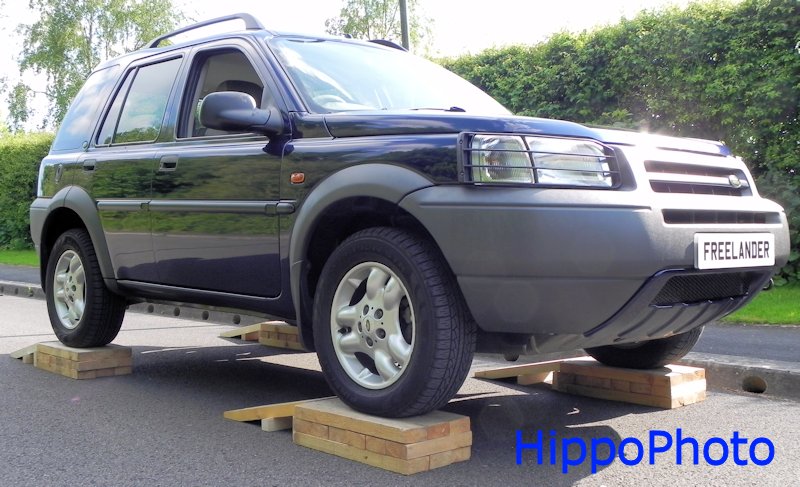David Round
Member
- Posts
- 24
- Location
- Anglesey
Nice one.
Don't skimp here! Get this bit right or it could kill you.
A few things to consider, use rebar and set your rebar in such a way that your ramps fixings will miss the bar or else you are going to be drilling for a while (like my installer who was on 1 hole for about 15minutes!) local builders merchants sell mesh, go for a sheet of A393 or if this poses you problems call your local Brundles and get some delivered, £10 delivery about £12 for the sheet.
Are you pouring 2 new bigger pads into an existing floor or band new slab/pads?
Thanks for the tips. It will be an entire new slab as the current floor is cow mat on mud... Even a concrete floor will be a major step up as I will not have to carry the jack around! I will have to mix the concrete by hand as there is no way of getting ready mix here, so want to over-engineer the floor a bit. (I am no stranger to mixing concrete for slabs this size by hand.) The columns are linked overhead - a long way overhead. Standing it up is going to be interesting.
Perhaps bracing the top off the roof of the shed would be a good way of going belt and braces?
What fixings would you use to the floor. There are a lot of options - various types of expanding bolts and chemfix studs.
All the best
David
Last edited:

